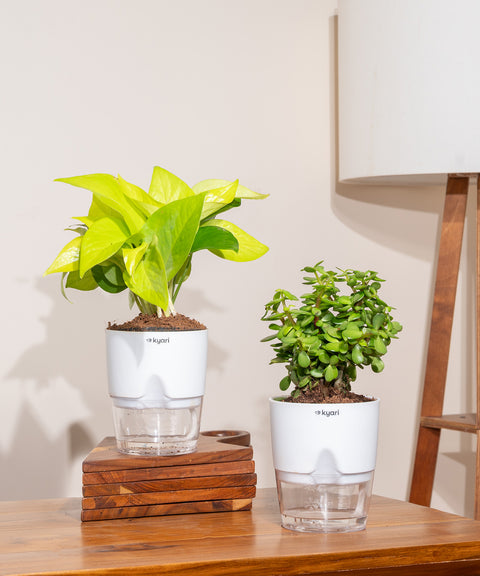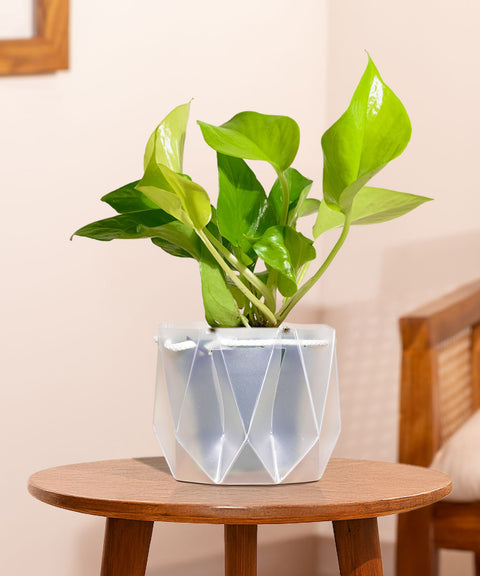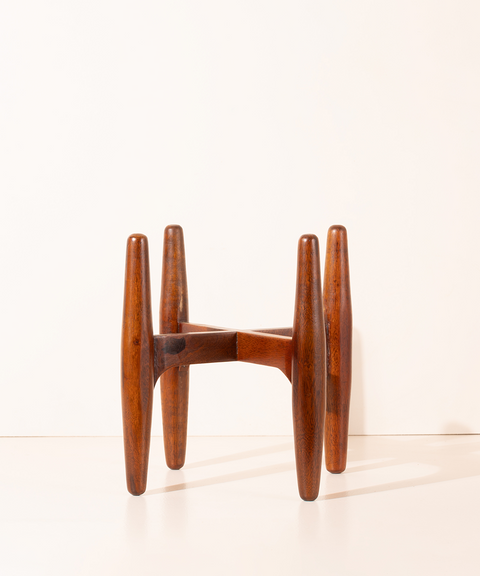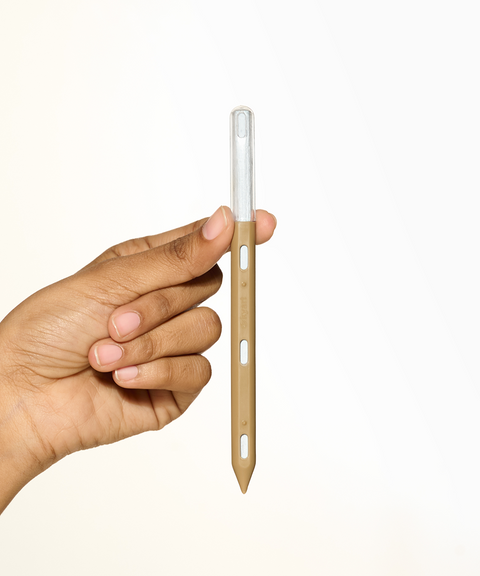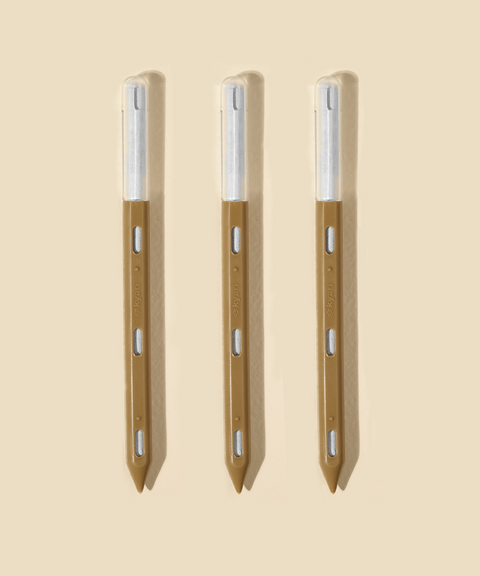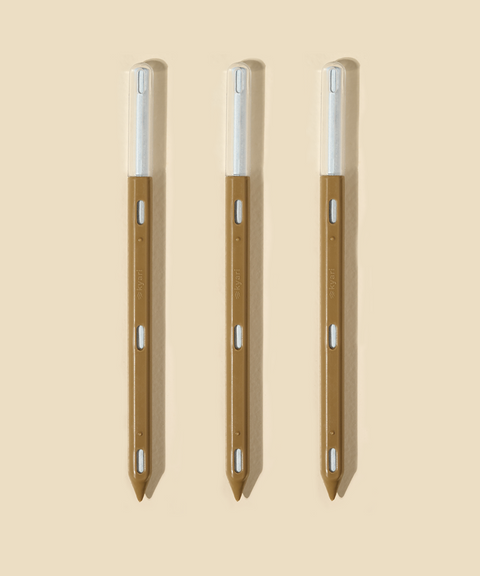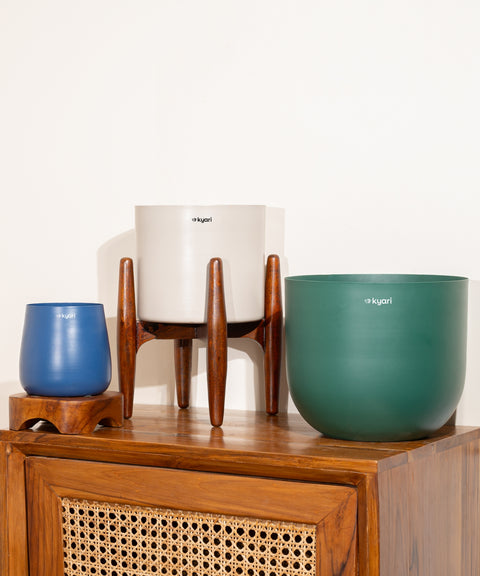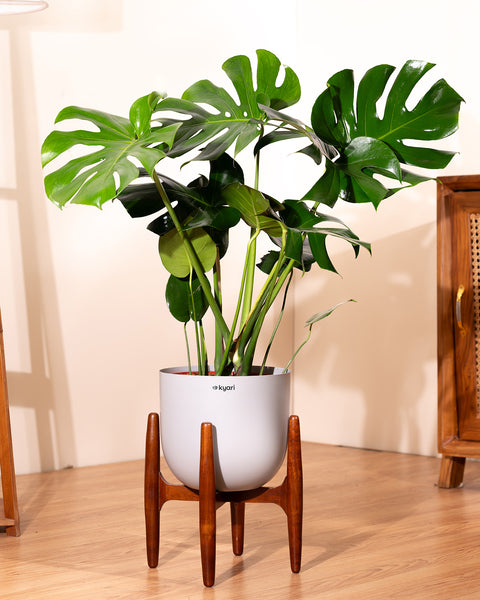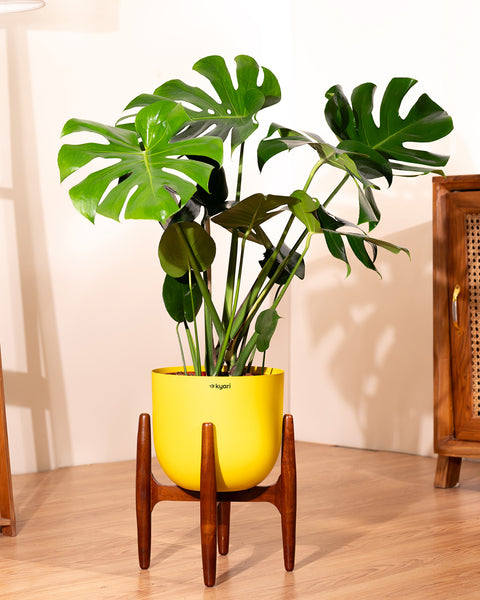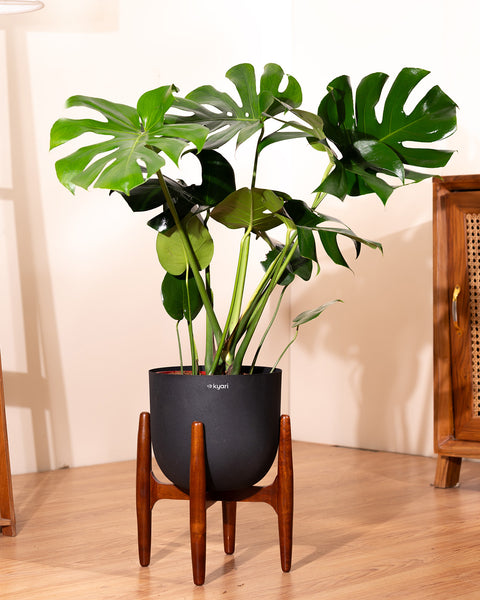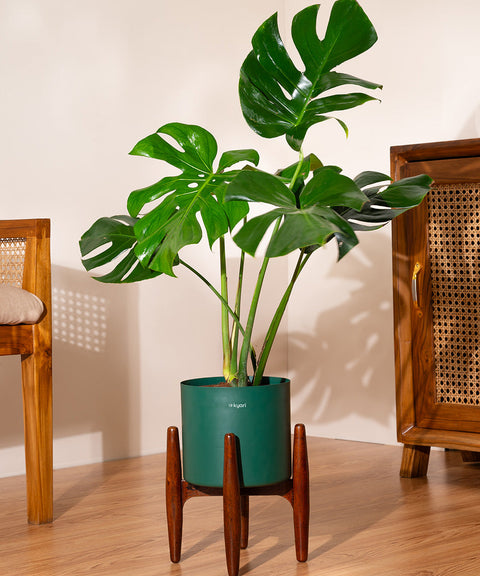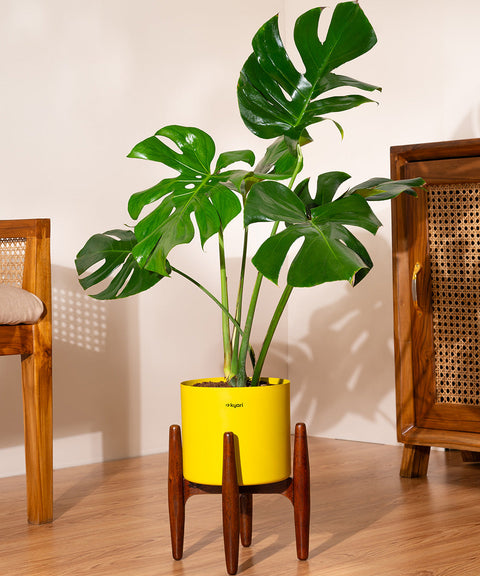Water is the lifeblood of plants, but even too much of a good thing can be harmful.
Plants, without a doubt, deserve to be loved and cared for. As plant parents, we aim to provide the best for our plant babies. Although, sometimes, this could go wrong. Plants may not have a voice, but they are excellent communicators. If you look closely, you will be able to tell whether your plant is happy or not. Droopy leaves, foul smell, and fading color are all signs that your plant is sad.
But why? That is the primary question. The reason for your plants’ sadness is excess water, or in other terms - overwatering. The next big question is how to identify the signs of overwatering and make your plants’ sadness vanish. Keep reading to find out…

Wet Feet
Picture this… its a long day, your feet are drenched in water and yet you still have things to get done. Does that make you feel uneasy? Now think about this from your plants’ point of view. Staying in a pot with roots soaked in moist soil, can’t be comfortable. Waterlogged soil is one of the major causes of root rot in plants. If left unattended, this can eventually lead to the death of the plant.
Discoloration and breaking of leaves
Did you notice a change in the color of your plant’s leaves? Perhaps, brown, yellow maybe, or even black. This change of color, or simply put, discoloration, is a telltale sign of overwatering. The leaves will turn yellow or brown completely and may possibly fall off. Although, it is possible to revive your plant back to life in this instance. However, if the leaves are turning black, it might be irreversible. Black leaves are a sign of the impending demise of the plant due to overwatering.

Fungus Gnats
Fungus Gnats are small flies, similar to fruit flies; typically found in moist soil. A clear sign of overwatering is fungus gnats swarming around your plants. When you water your plants, the required amount is absorbed by the roots. The extra water stays in the soil. This moist soil attracts fungus gnats. These flies do not damage the plants. However, they lay eggs in the soil and the larvae feed on the roots. This might eventually lead to stunted growth of the plant.
Edema
The primary symptom of overwatering is Edema. It is similar to acne in humans. A plant suffering from Edema develops small blisters underneath its leaves. The infected leaves tend to fall off the stems. These blisters are at risk of popping off and damaging the plant.

Mushy stems
Soft, mushy stems are an indication of root rot. This starts from the base of the plant, i.e its roots, and starts to make its way up to the stems. If your plant is retaining water instead of absorbing it, you are more likely to find mushy stems on the verge of breaking off from the plant.
How to prevent overwatering in the future?
It is crucial to know how much water your green pals need. Checking the soil before watering is the easiest approach to avoid overwatering. Stick your fingers 2-3 inches down in the soil. If you feel that it is moist, avoid watering it again. Another vital factor is the planter in which your plant is placed. the planter your plant lives in. A planter with a drainage hole is more likely to protect the plant from the effects of overwatering than one without.
The bottom line is…
Identifying any problem at its beginning is the best way to prevent it from spreading. Every once in a while take a good look at your green buddies. Look for signs of deteriorating health. Ensure that they get sufficient water and sunlight. Use a fertilizer that is rich in nutrients. Repot them from time to time for faster growth. Always remember, “the healthier the plant, the happier it is”.








 Limited Time Deal
Limited Time Deal
 BYOB - Small Plants
BYOB - Small Plants











